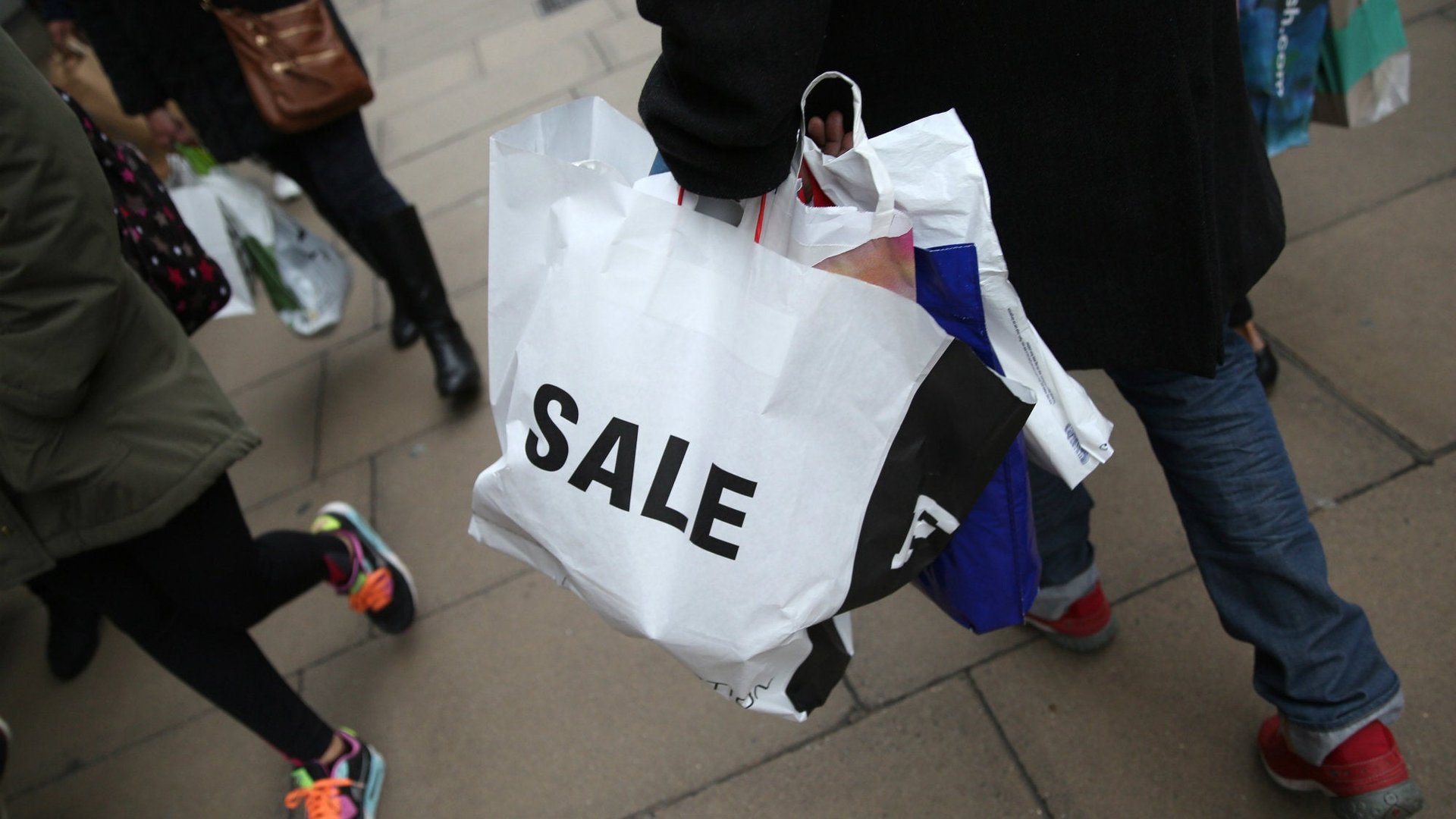Three charts that show Brexit may not be so bad after all
Following the UK’s vote to leave the European Union in June, economists and investors have been scrutinizing every shred of data to gauge its impact. As the first batch of post-referendum economic reports are published, we are getting a clearer picture of the immediate aftermath.


Following the UK’s vote to leave the European Union in June, economists and investors have been scrutinizing every shred of data to gauge its impact. As the first batch of post-referendum economic reports are published, we are getting a clearer picture of the immediate aftermath.
Two months on, the evidence so far suggests that Brexit is pretty bad for business. The data on consumers, however, has been more heartening. It’s not necessarily the “sunlit uplands” promised by prominent Brexit campaigners before the vote, but it’s not the unrelenting doom and gloom pitched by the “Remain” camp, either.
Here’s what we learned this week:
Sun’s out, wallets out
Retail sales jumped 1.4% in July from the previous month, with all types of shops and retail outlets reporting an increase. Unseasonably warm weather helped—the sun has got to come out sometime, even in Britain—but even then, the numbers far exceeded expectations. The weaker pound, which is languishing at historic lows against other major currencies, may have had an effect, encouraging foreign visitors to spend more with their suddenly more valuable money.
All around, a promising start to the third quarter, even if this is notoriously volatile data.
Price pressures not too painful
The annual inflation rate in the UK edged up to 0.6% in July. While this is the highest level since November 2014, it’s historically very low. That’s another relief to spenders, with the sharp fall in the pound, which makes imported goods more expensive, not immediately showing up in higher prices across the board.
Jobs, jobs, jobs
Employment data also suggest that Britain began the third quarter on fairly strong ground. The number of people claiming unemployment benefits dropped by 8,600 in July from June, when most economists were expecting an increase. At the end of the second quarter, the UK employment rate was at a record high of 74.5%, so further improvement, despite the uncertainty created by the Brexit vote, is encouraging.
On the other hand…
As always, it’s not all good news. Consumer spending may not hold up, as surveys of consumer confidence have sank after the referendum. The weaker pound will eventually feed through into higher consumer price inflation, as it already has for businesses, with some economists are forecasting the annual rate to climb to 3% by the end of next year. Meanwhile, the Bank of England reckons the unemployment rate to rise to 5.4% by the end of 2017, from its current level of 4.9%.
Scotiabank analysts forecast 2017 to be characterized by near-zero employment growth, stagnant disposable incomes, and weaker consumer spending dragged down by falling house prices. But it could be worse, as the bank’s UK economist Alan Clarke writes:
Firms are not likely to have shut up shop overnight and abandoned business plans just because of the Brexit result. As the dust settles, they may refrain from hiring a little, but probably not immediately. After all, if it takes until late-2019 for the UK to leave the EU, then what’s the rush?